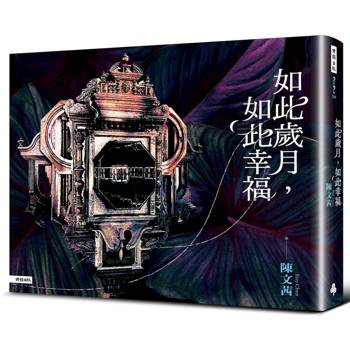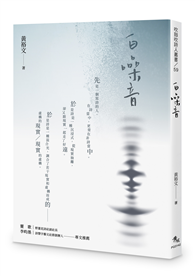Investigates cinematic qualities in opera and reveals why Benjamin Britten’s operas lend themselves to TV and film interpretations.
Benjamin Britten’s 1954 opera The Turn of the Screw, based on Henry James’s ghost story, has been described by many critics and commentators as cinematic. Along with Peter Grimes, The Turn of the Screw is one of the most frequently televised or filmed of Britten’s operas. Some of these productions have used location footage and/or studio work, and others are based on theatrical settings. This book explores the notion of cinematic opera in the context of The Turn of the Screw and filmed opera in general, and questions what inherent cinematic qualities exist in the work which make it particularly conducive for screen interpretation, an aspect of Britten’s compositional style which has rarely been examined in detail before. Contrary to the prevailing narrative around Britten’s disdain for cinema and television, the composer engaged with film as both a cinemagoer and film music composer early in his career and these experiences informed his compositional and dramatic choices. Archival research reveals clues to the composer’s adaptation process. By tracing the progress from Henry James’s original novella to operatic stage and screen production, via the development of Myfanwy Piper’s libretto and Britten’s score, the journey of adaptation is discussed in detail. A key part of the book looks at the subsequent interpretation of the opera on screen. Case studies evaluate eight directors’ interpretations of the opera ranging from 1959 up to the 2020s. Included is a special study of Peter Morley’s 1959 ITV version, which had previously been thought lost. This reveals the roots of Britten’s subsequent engagement with screen media, culminating in his television opera Owen Wingrave. The book also briefly explores the influence of cinema on stage productions of the opera which have not been filmed.| FindBook |
有 1 項符合
Britten, Opera and Film: Henry James’s the Turn of the Screw from Stage to Screen的圖書 |
 |
Britten, Opera and Film: Henry James’s the Turn of the Screw from Stage to Screen 作者:Auker 出版社:Boydell Press 出版日期:2025-01-14 語言:英文 規格:精裝 / 240頁 / 普通級/ 初版 |
| 圖書館借閱 |
| 國家圖書館 | 全國圖書書目資訊網 | 國立公共資訊圖書館 | 電子書服務平台 | MetaCat 跨館整合查詢 |
| 臺北市立圖書館 | 新北市立圖書館 | 基隆市公共圖書館 | 桃園市立圖書館 | 新竹縣公共圖書館 |
| 苗栗縣立圖書館 | 臺中市立圖書館 | 彰化縣公共圖書館 | 南投縣文化局 | 雲林縣公共圖書館 |
| 嘉義縣圖書館 | 臺南市立圖書館 | 高雄市立圖書館 | 屏東縣公共圖書館 | 宜蘭縣公共圖書館 |
| 花蓮縣文化局 | 臺東縣文化處 |
|
|
圖書介紹 - 資料來源:博客來 評分:
圖書名稱:Britten, Opera and Film: Henry James’s the Turn of the Screw from Stage to Screen
|











